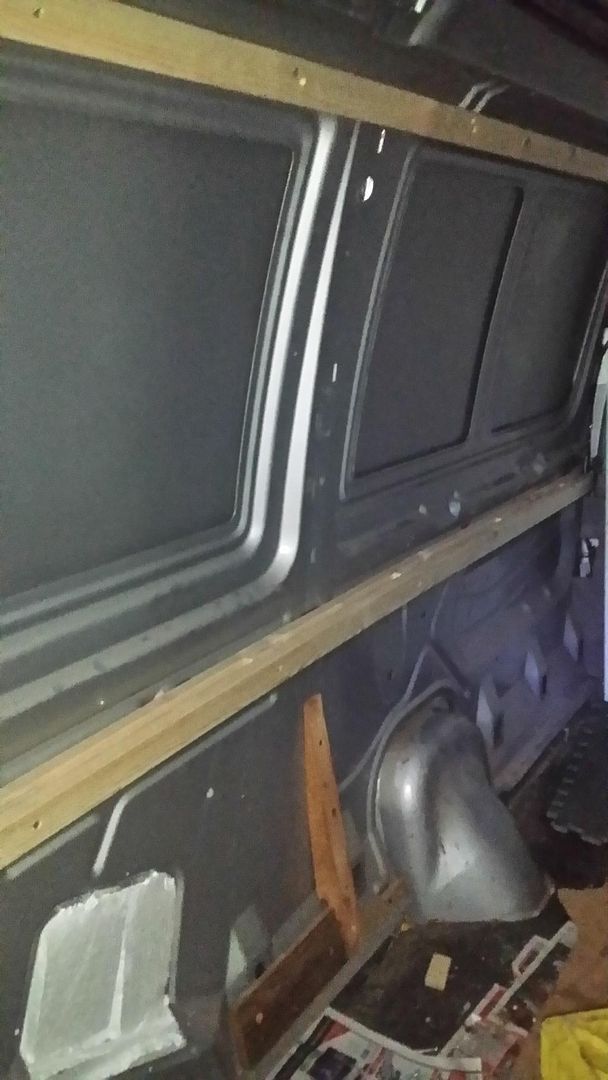If i were getting, say, a used Ford E-150, I'm not whether I would want to get a bare cargo can or a van that once held passengers. On the one hand, DIY-ers seem to leap at the opportunity to make the empty space into their dream home. But I'm not a DIY-er, and the extra fit and finish on the passenger versions would offer a nicer-looking interior un-modded; I'd just have to remove the rear seating. Plus, I don't see myself being handy enough to apply insulation to bare walls. (Of course I will cover the windows with something, since I understand that's the biggest insulation issue.) The finished walls on a passenger van may not offer much in that department, but at least they offer SOMEthing. Also, don't passenger models include climate control vents toward the rear? That might be useful for normalizing the cargo bay temperature/humidity while I'm driving.
Thoughts? I guess what it really comes down to is getting the most reliable vehicle at the best price, regardless of configuration....
Thoughts? I guess what it really comes down to is getting the most reliable vehicle at the best price, regardless of configuration....







